Home>Technology>Smart Home Devices>How To Get Access To Wi-Fi Router Without Password
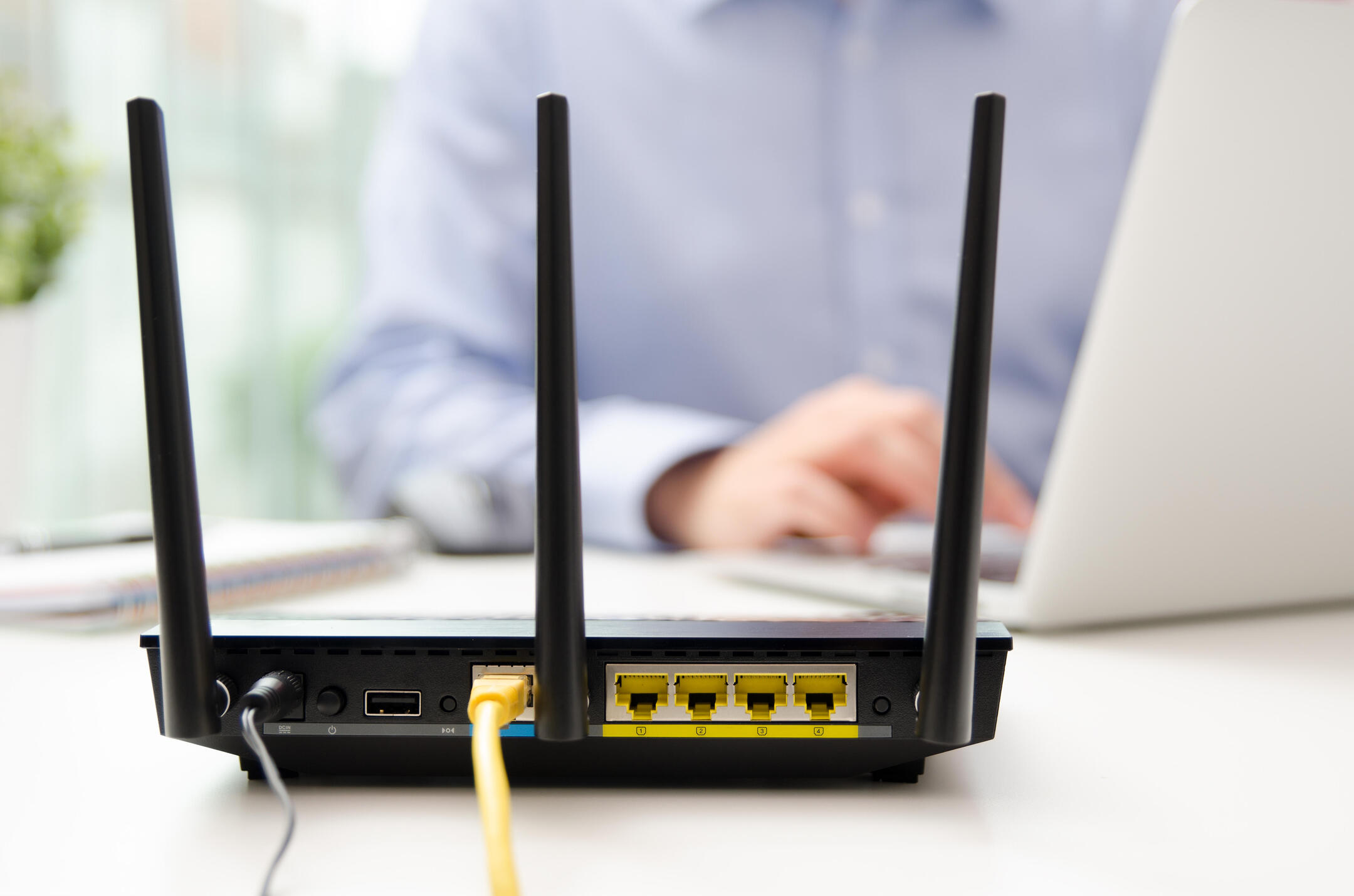

Smart Home Devices
How To Get Access To Wi-Fi Router Without Password
Modified: January 4, 2024
Learn how to access your Wi-Fi router without a password and manage your smart home devices effortlessly. Get expert tips and tricks for seamless connectivity. Unlock the potential of your smart home setup today!
(Many of the links in this article redirect to a specific reviewed product. Your purchase of these products through affiliate links helps to generate commission for Storables.com, at no extra cost. Learn more)
**
Introduction
**
In today's interconnected world, Wi-Fi has become an indispensable part of our daily lives, enabling us to access the internet, stream content, and connect our smart devices seamlessly. However, encountering a situation where you need to access a Wi-Fi router without the password is not uncommon. Whether it's due to a forgotten password, a lost configuration card, or the need to troubleshoot network issues, there are legitimate reasons for needing access to a Wi-Fi router without the password.
This article aims to provide valuable insights into the security measures implemented in Wi-Fi routers, the potential risks associated with unauthorized access, and the methods available for gaining access to a Wi-Fi router without the password. By understanding these aspects, you can make informed decisions and take appropriate actions when faced with such a scenario.
Let's delve into the world of Wi-Fi router security and explore the techniques for accessing a Wi-Fi router without the password. Whether you're a tech enthusiast, a homeowner, or a professional seeking to troubleshoot network issues, this article will equip you with the knowledge to navigate the complexities of Wi-Fi router access.
**
Key Takeaways:
- If you ever need to access a Wi-Fi router without the password, remember to use default credentials responsibly and consider resetting the router cautiously. Always prioritize privacy and ethical behavior when trying to access a Wi-Fi router.
- Understanding Wi-Fi router security is crucial. Be mindful of potential risks and ethical considerations when exploring methods like MAC address spoofing or addressing security vulnerabilities to access a Wi-Fi router without the password.
Read more: How To Change The Password On Wi-Fi Router
Understanding Wi-Fi Router Security
**
Before delving into the methods for accessing a Wi-Fi router without the password, it is crucial to comprehend the security mechanisms that safeguard these devices. Wi-Fi routers employ various security protocols to prevent unauthorized access and protect the integrity of the network. One of the most common security protocols is Wi-Fi Protected Access (WPA), which has evolved over the years to address vulnerabilities and enhance encryption standards.
WPA2, a robust iteration of WPA, utilizes advanced encryption techniques to secure Wi-Fi networks, making it significantly challenging for unauthorized users to intercept or decipher transmitted data. Furthermore, the introduction of WPA3 has further bolstered Wi-Fi security, incorporating features such as enhanced encryption and protection against brute-force attacks.
Additionally, Wi-Fi routers are equipped with a pre-shared key (PSK) or Wi-Fi password, which serves as the primary authentication mechanism for accessing the network. This password is essential for establishing a secure connection and ensuring that only authorized users can join the network.
Moreover, modern Wi-Fi routers often feature a web-based administration interface, accessible via a specific IP address, through which users can configure network settings, manage connected devices, and implement security measures. Access to this interface is typically protected by a username and password, adding an extra layer of security to prevent unauthorized access to the router's settings.
Understanding these security measures is vital, as it underscores the importance of safeguarding Wi-Fi networks from potential threats and unauthorized intrusions. By comprehending the intricacies of Wi-Fi router security, users can appreciate the significance of protecting their networks and the potential implications of unauthorized access.
**
If you have physical access to the Wi-Fi router, you can reset it to its factory settings using the reset button. This will remove the password, allowing you to access it without one. Just be aware that this will also reset any other custom settings on the router.
Methods for Accessing Wi-Fi Router Without Password
**
When faced with the need to access a Wi-Fi router without the password, several methods and techniques can be employed to achieve this objective. It is important to note that while these methods can be beneficial in specific scenarios, they should be utilized responsibly and ethically, respecting the privacy and security of Wi-Fi networks.
1. Default Credentials: In some cases, Wi-Fi routers are shipped with default administrative credentials, typically found on the router itself or in the accompanying documentation. These credentials, including the username and password, can be used to access the router's settings and configure the network. However, it is essential to emphasize the significance of changing default credentials to personalized, secure ones to mitigate the risk of unauthorized access.
2. WPS (Wi-Fi Protected Setup): Many Wi-Fi routers support WPS, a feature that enables users to connect devices to the network without entering the Wi-Fi password. While this feature can simplify the process of connecting devices, it has been associated with security vulnerabilities, making it susceptible to brute-force attacks. By exploiting WPS vulnerabilities, it may be possible to gain access to the Wi-Fi network without the password.
3. Router Reset: Performing a factory reset on the Wi-Fi router can revert its settings to the default configuration, including the network name and password. However, it is important to exercise caution when employing this method, as it will erase all customized settings and configurations, requiring the user to reconfigure the router from scratch.
4. MAC Address Spoofing: Every device connected to a Wi-Fi network has a unique MAC address, which can be manipulated to impersonate an authorized device. By spoofing the MAC address of an authorized device, it may be possible to gain access to the Wi-Fi network without the password. However, MAC address spoofing raises ethical and legal considerations and should only be explored in controlled, authorized environments for legitimate purposes.
5. Security Vulnerabilities: Wi-Fi routers, like any other technology, may contain security vulnerabilities that can be exploited to gain unauthorized access. It is crucial for users to stay informed about security patches and updates released by the router manufacturer to address potential vulnerabilities and enhance the overall security of the device.
While these methods offer potential avenues for accessing a Wi-Fi router without the password, it is imperative to approach these techniques with discretion and ethical consideration. Respect for privacy, adherence to legal regulations, and a commitment to network security should underpin any actions taken to access Wi-Fi routers without passwords.
**
Conclusion
**
Accessing a Wi-Fi router without the password can be a challenging endeavor, often necessitated by legitimate reasons such as troubleshooting network issues or reconfiguring the device. However, it is essential to approach this task with a thorough understanding of Wi-Fi router security, ethical considerations, and a commitment to upholding privacy and network integrity.
By comprehending the security measures implemented in Wi-Fi routers, including advanced encryption protocols, default credentials, and web-based administration interfaces, users can appreciate the complexities of securing these devices and the potential risks associated with unauthorized access.
While methods such as leveraging default credentials, exploiting WPS vulnerabilities, performing router resets, MAC address spoofing, and addressing security vulnerabilities offer potential avenues for accessing Wi-Fi routers without passwords, it is crucial to exercise discretion, ethical judgment, and legal compliance. Respecting the privacy of Wi-Fi networks and adhering to established security protocols should be paramount in any attempt to access a Wi-Fi router without the password.
Furthermore, users are encouraged to prioritize the implementation of robust security practices, including the use of strong, personalized Wi-Fi passwords, regular software updates, and the customization of administrative credentials, to fortify their Wi-Fi networks against unauthorized intrusions.
In conclusion, navigating the realm of Wi-Fi router access without passwords demands a balanced approach that integrates technical knowledge, ethical considerations, and a steadfast commitment to network security. By embracing these principles, users can navigate the complexities of Wi-Fi router access responsibly and contribute to the preservation of secure, resilient Wi-Fi networks.
Frequently Asked Questions about How To Get Access To Wi-Fi Router Without Password
Was this page helpful?
At Storables.com, we guarantee accurate and reliable information. Our content, validated by Expert Board Contributors, is crafted following stringent Editorial Policies. We're committed to providing you with well-researched, expert-backed insights for all your informational needs.
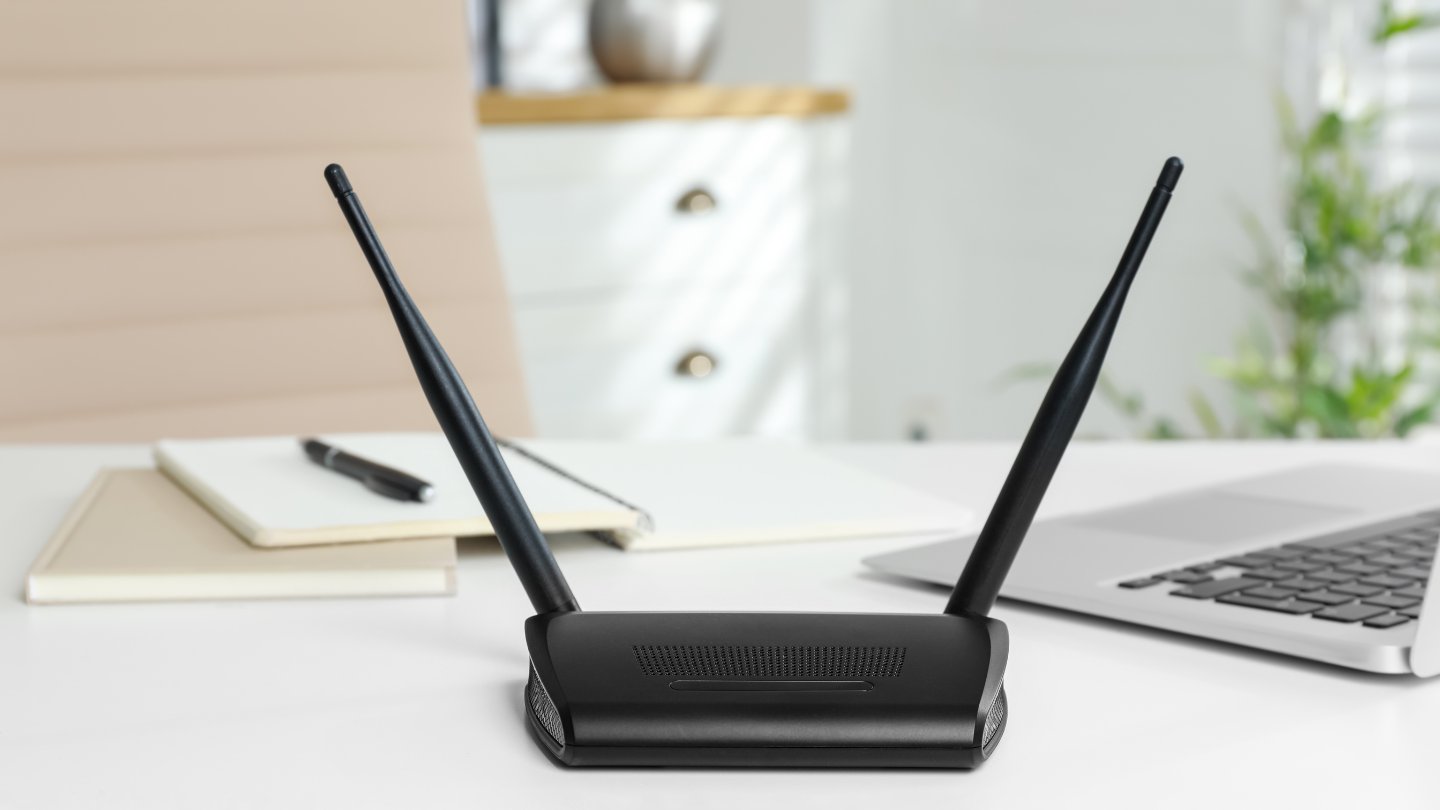
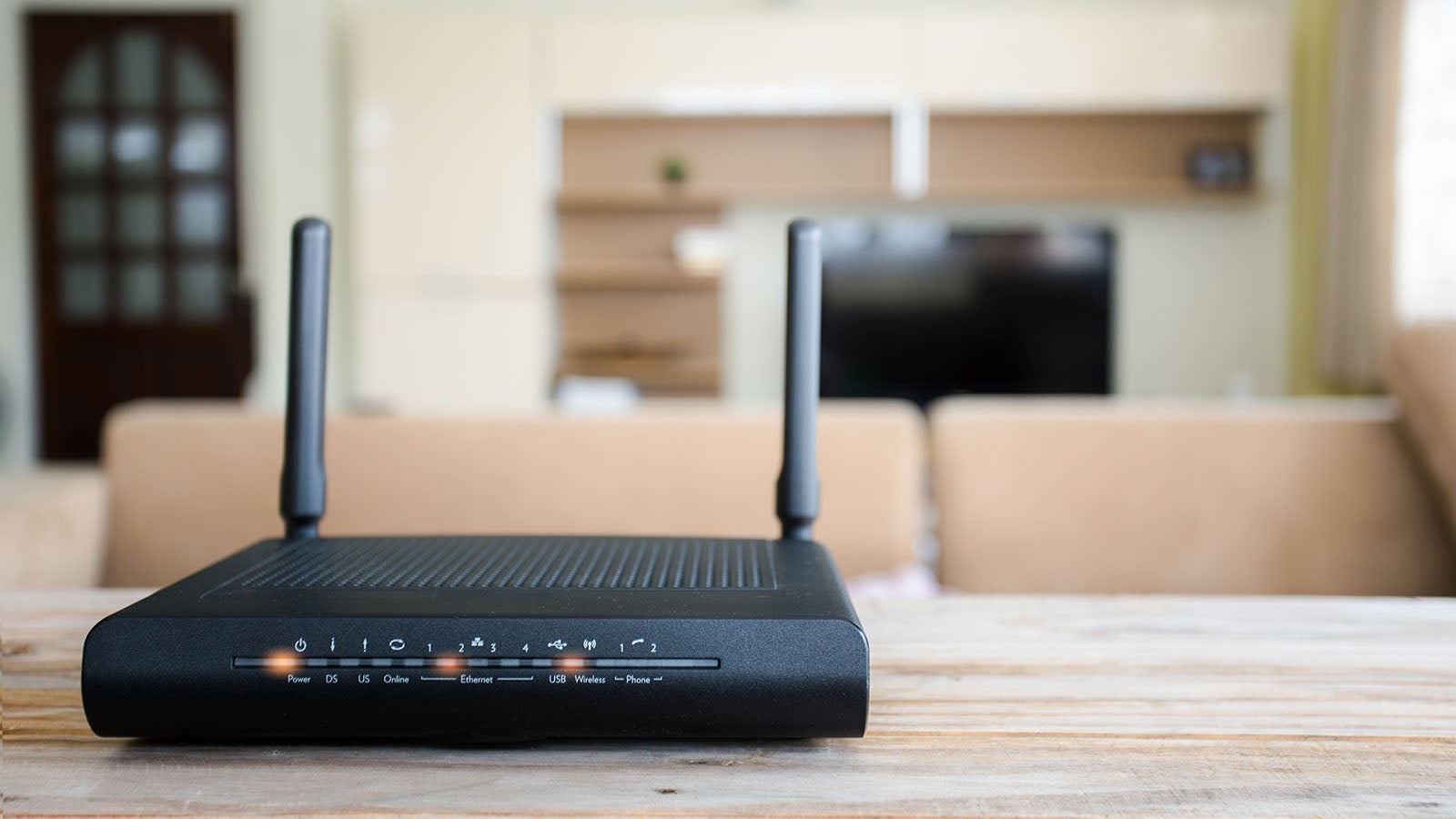
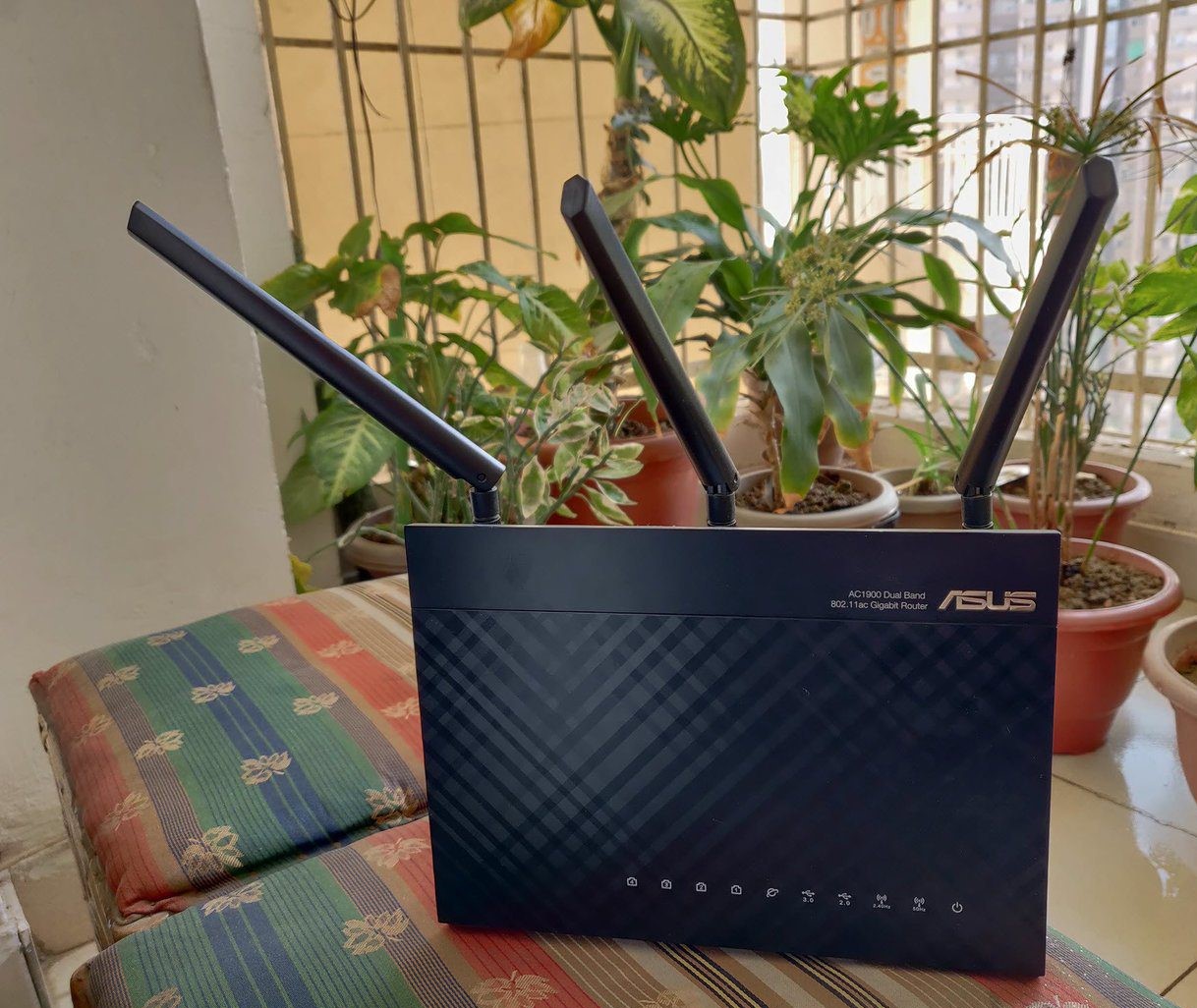
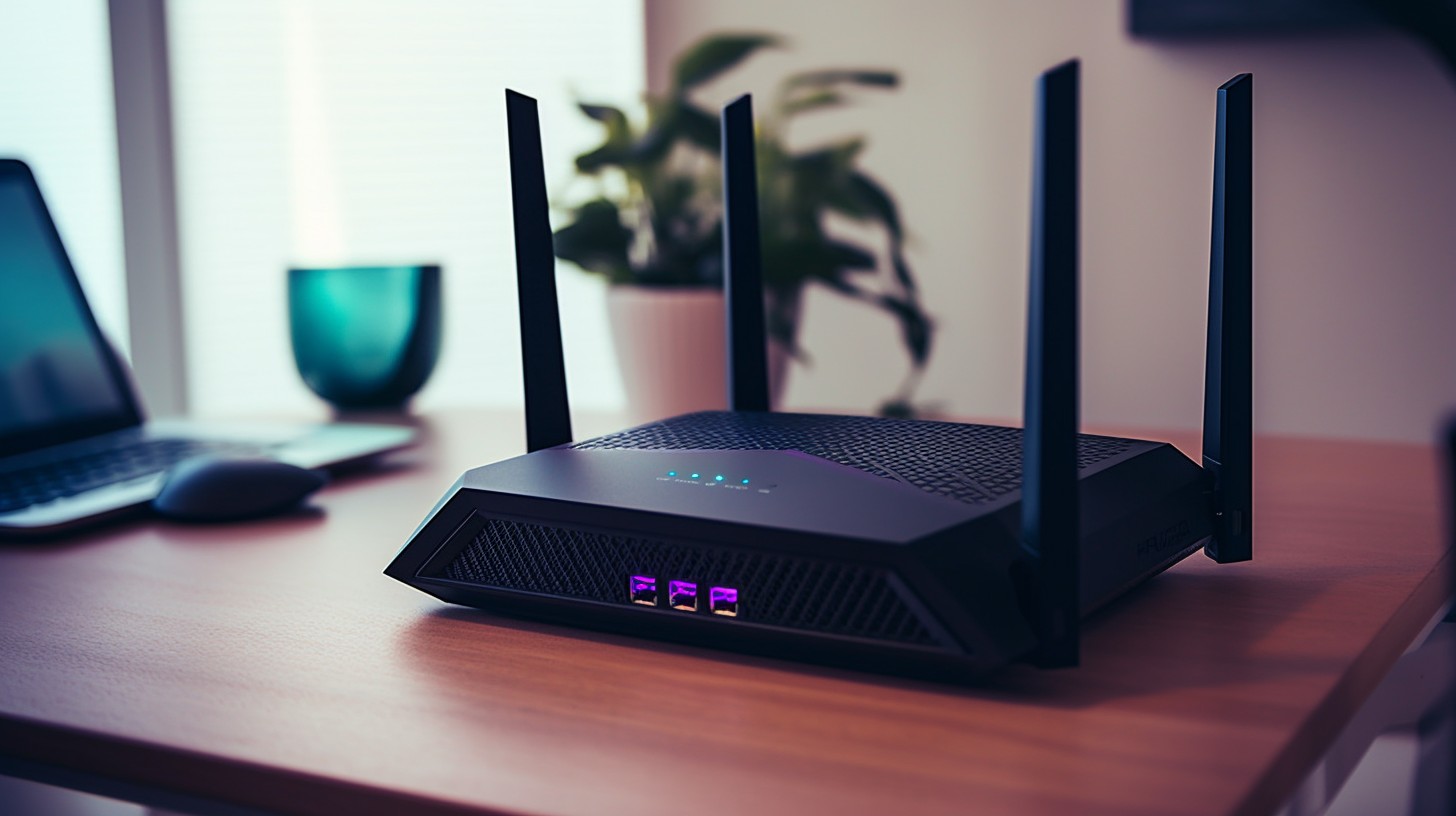
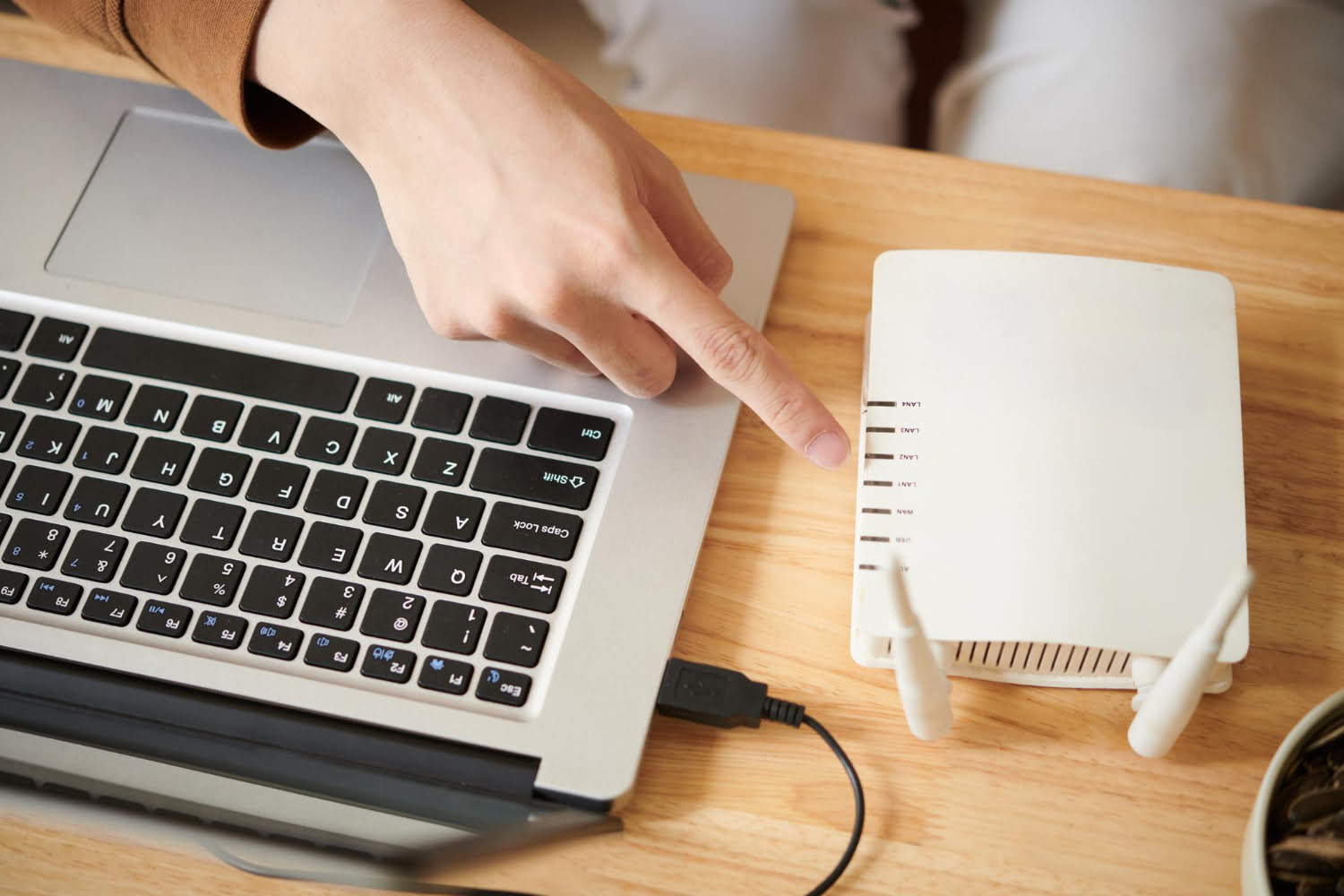
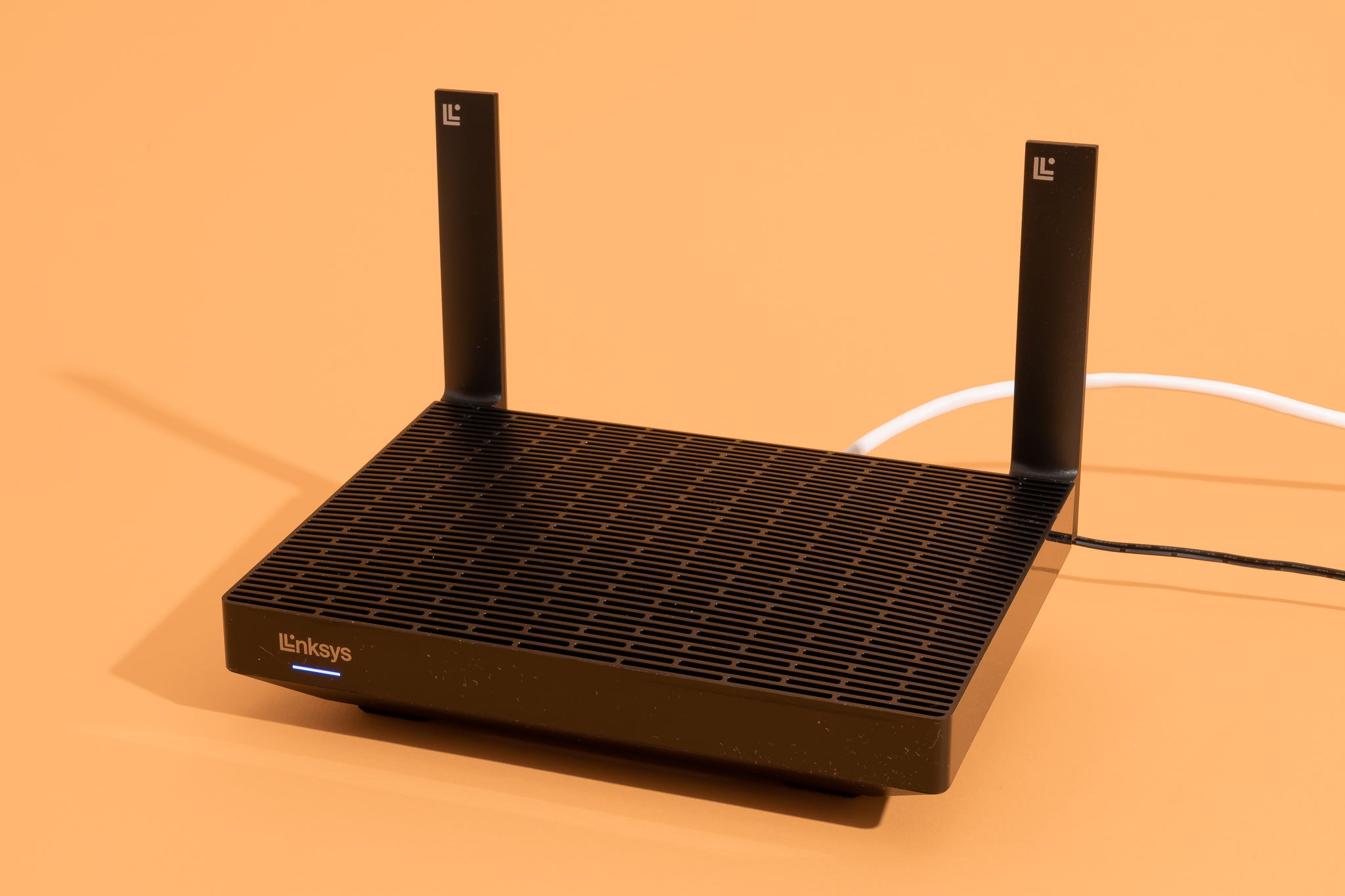
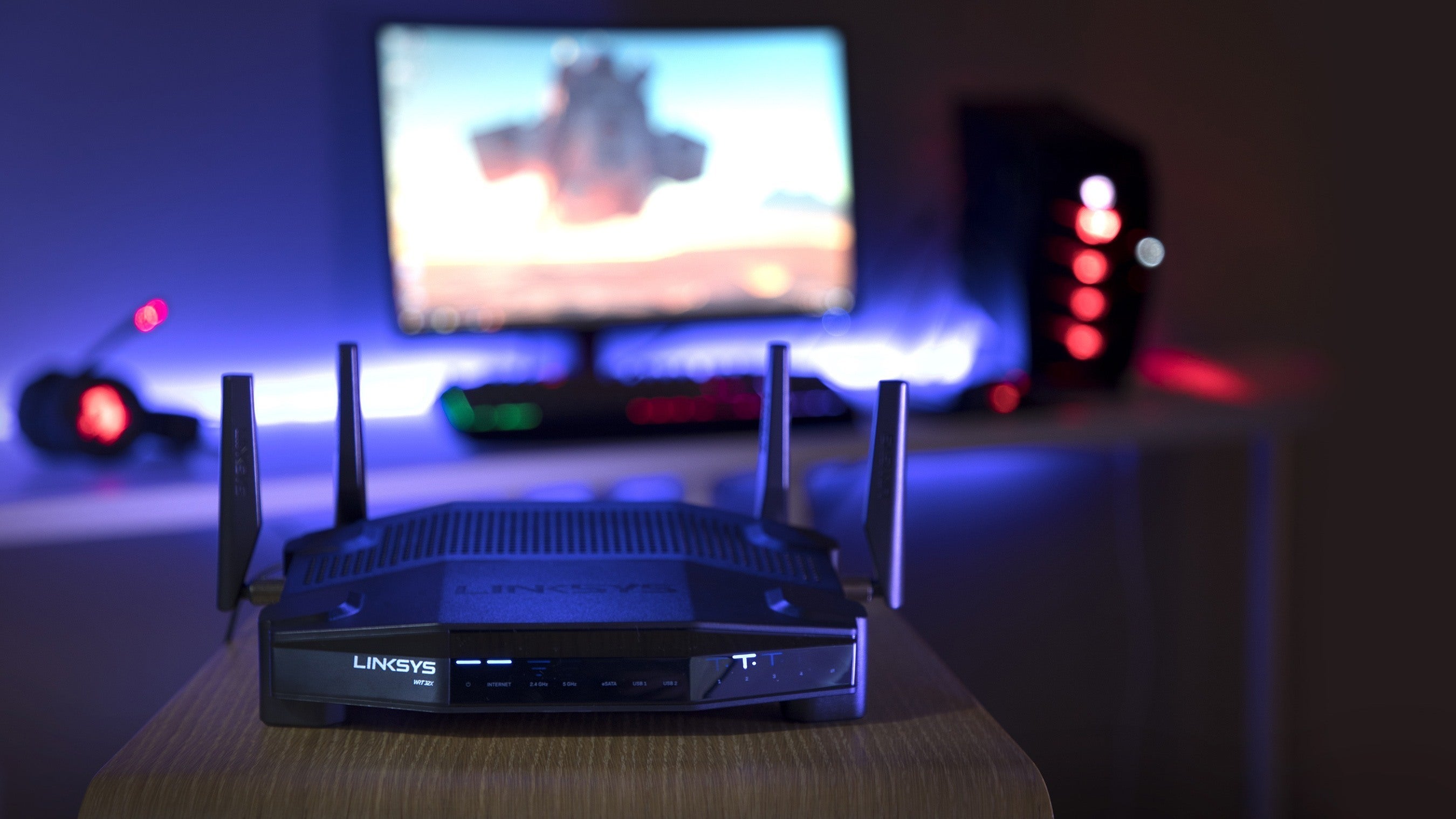
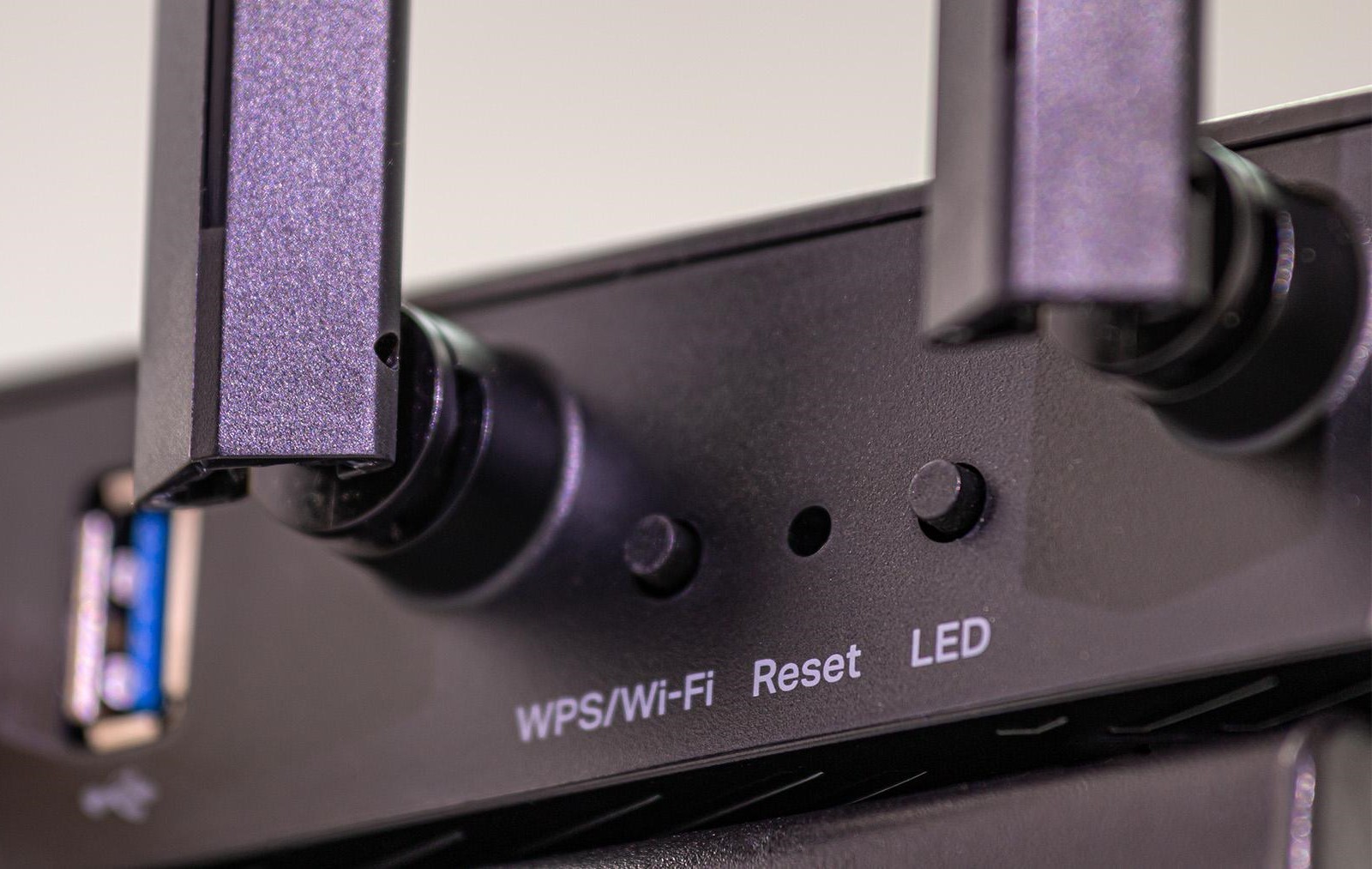
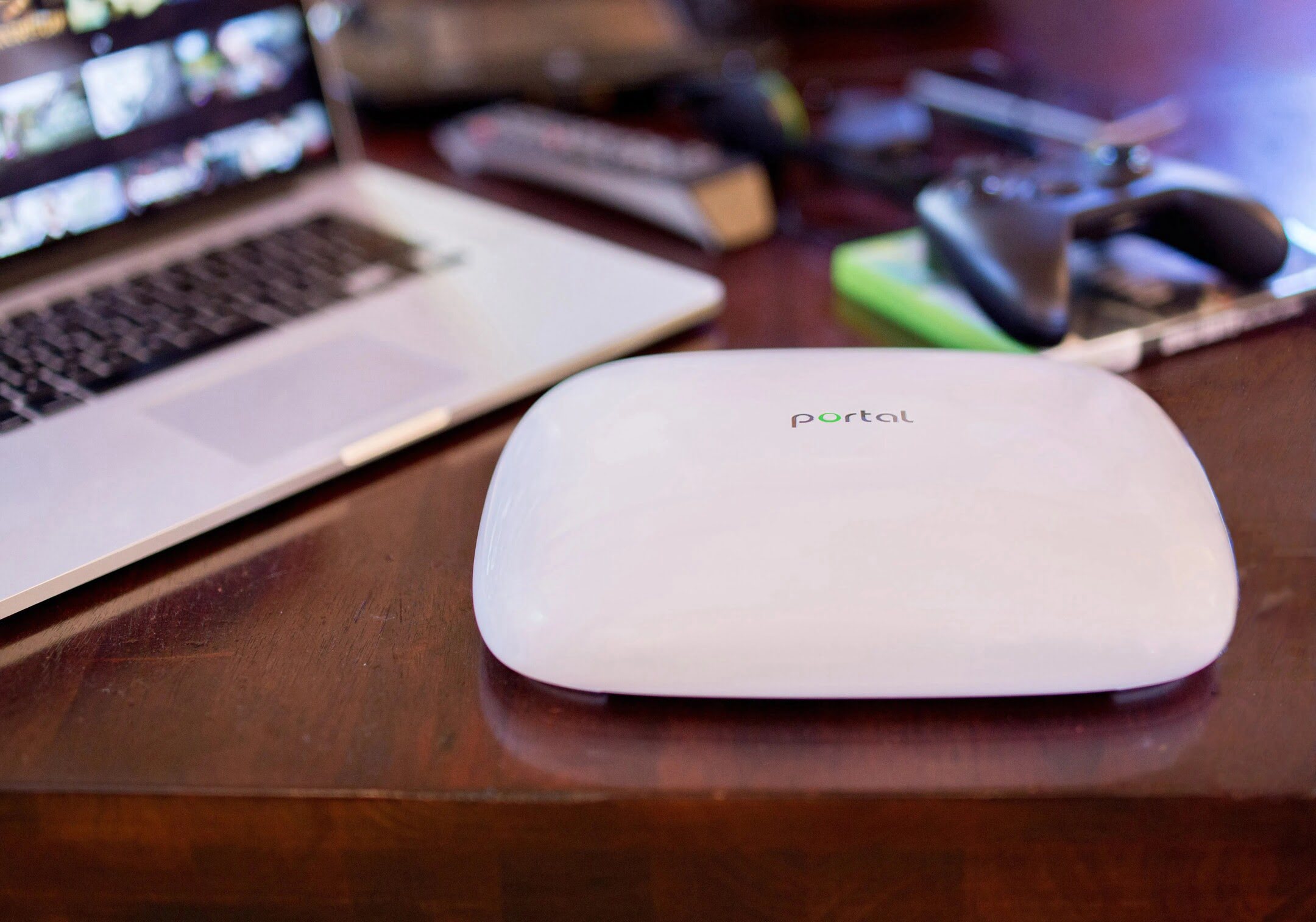
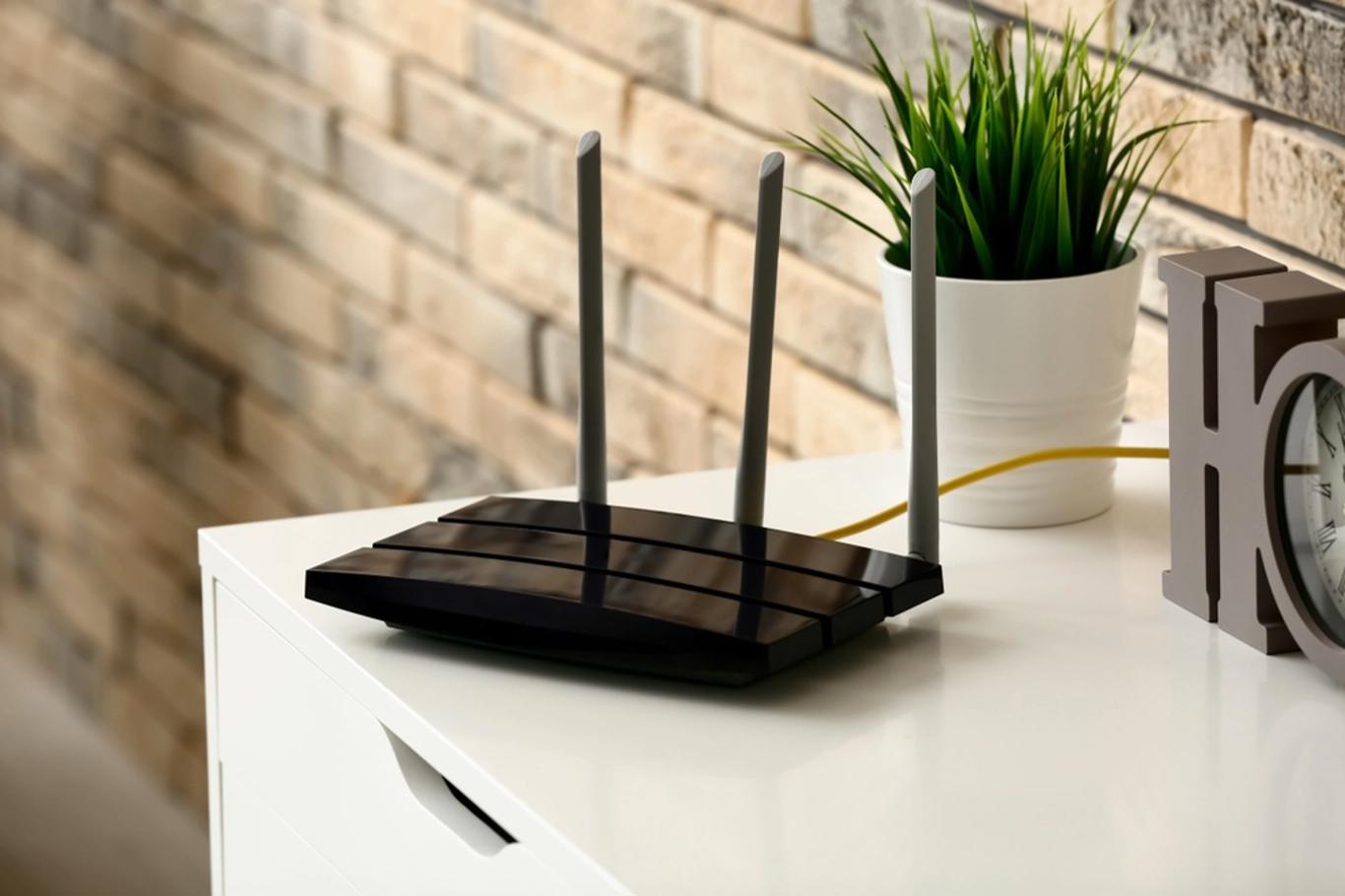
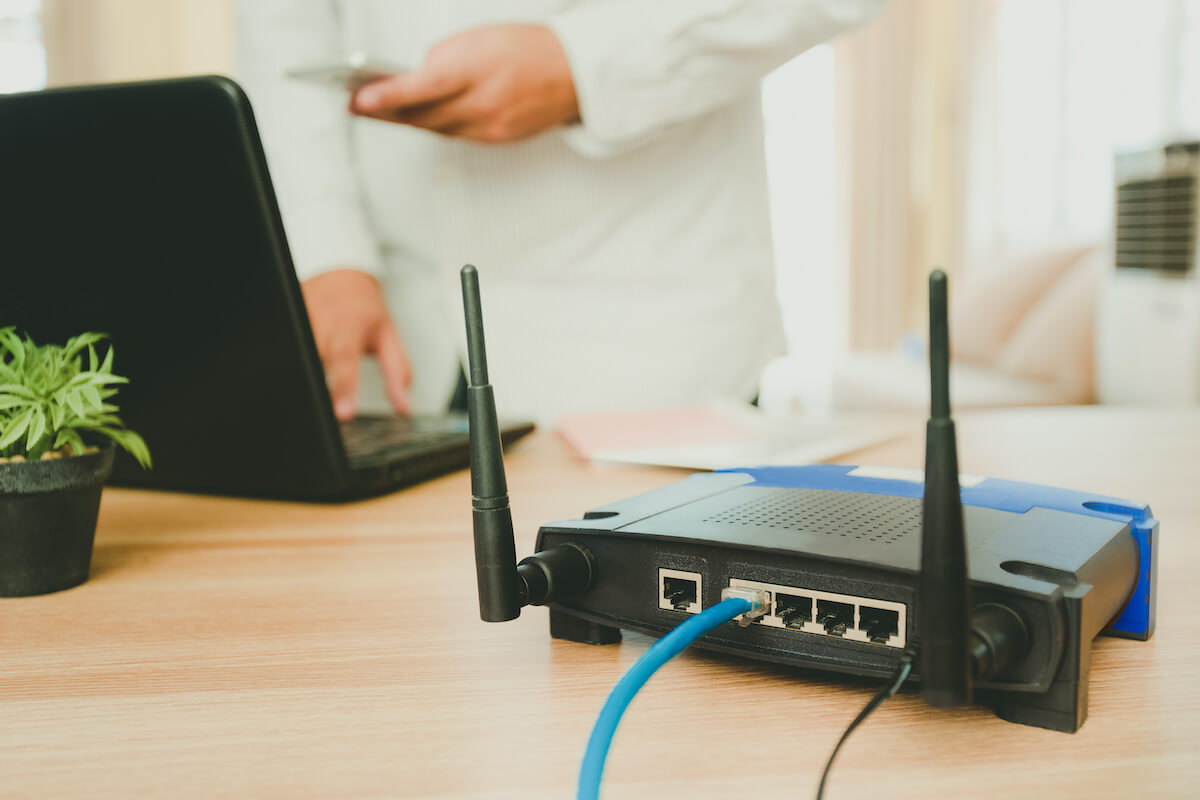

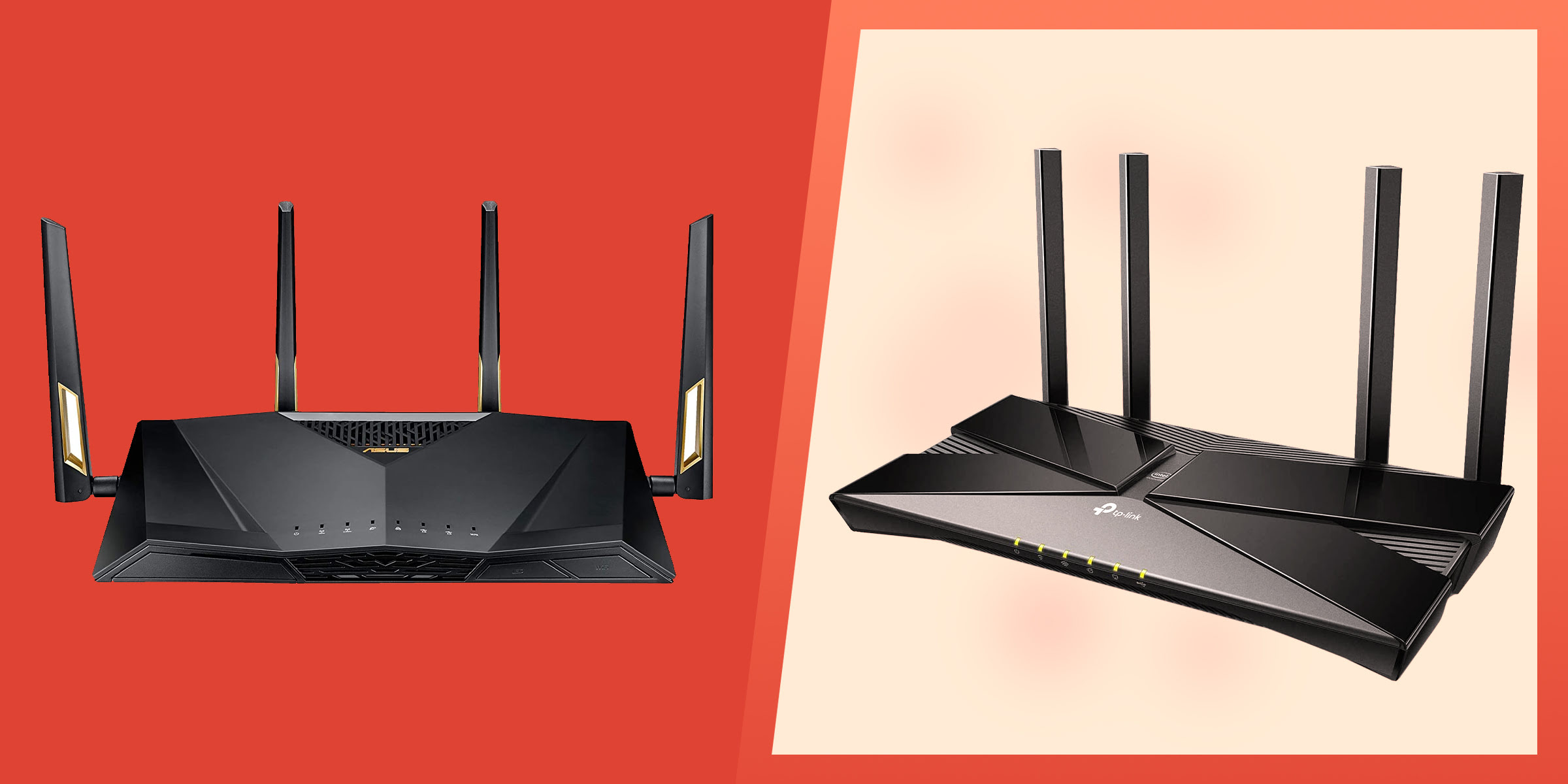
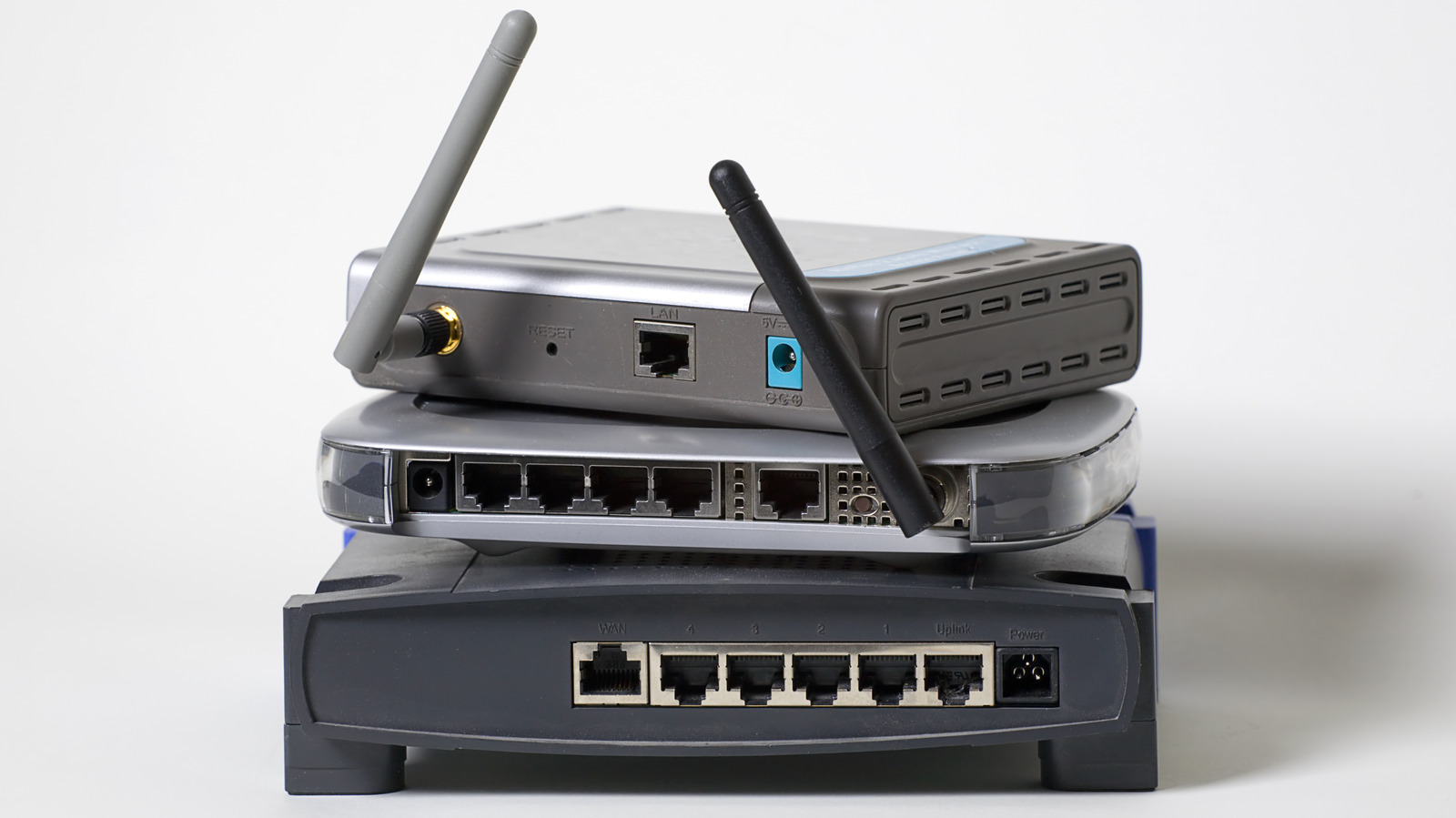
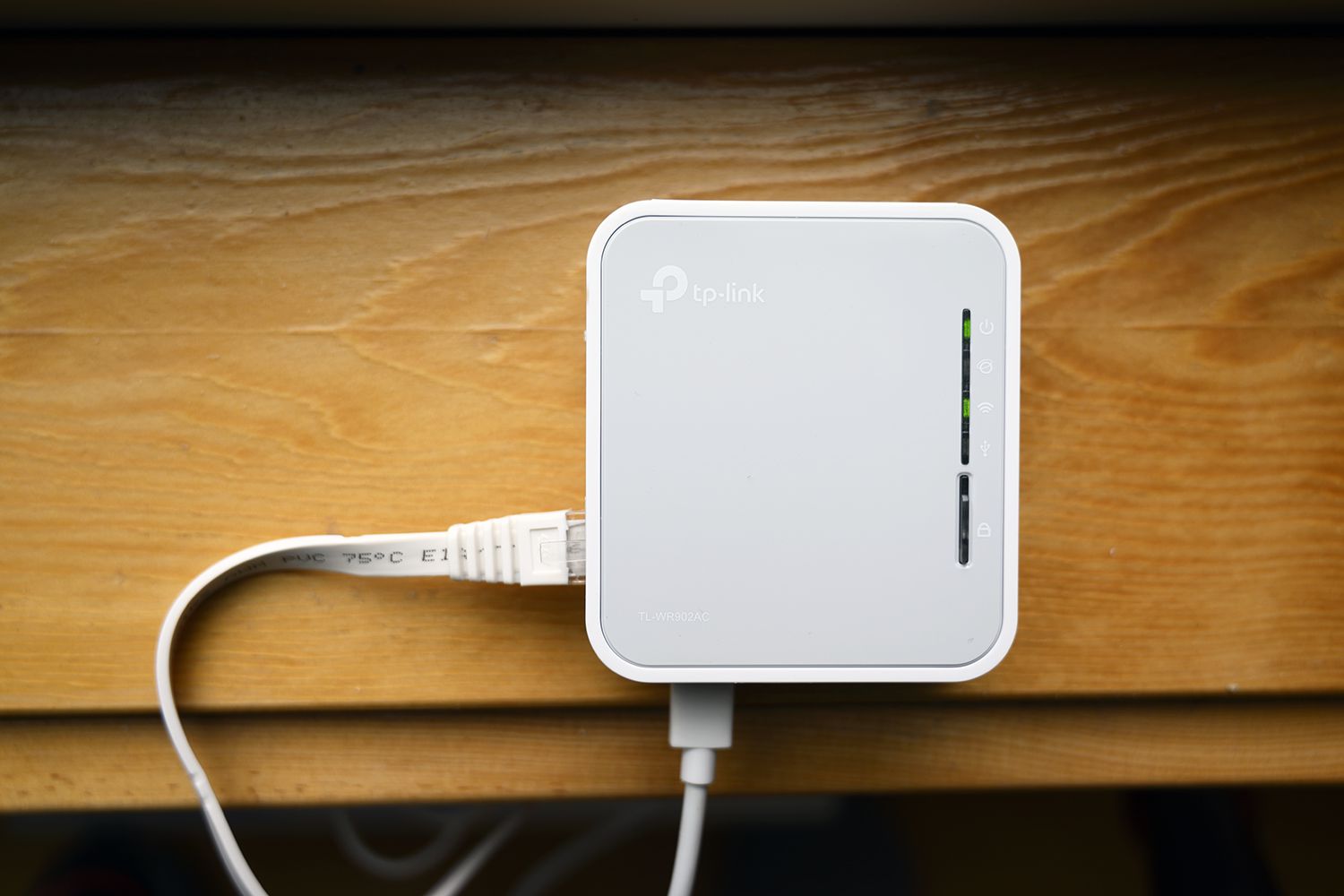

0 thoughts on “How To Get Access To Wi-Fi Router Without Password”